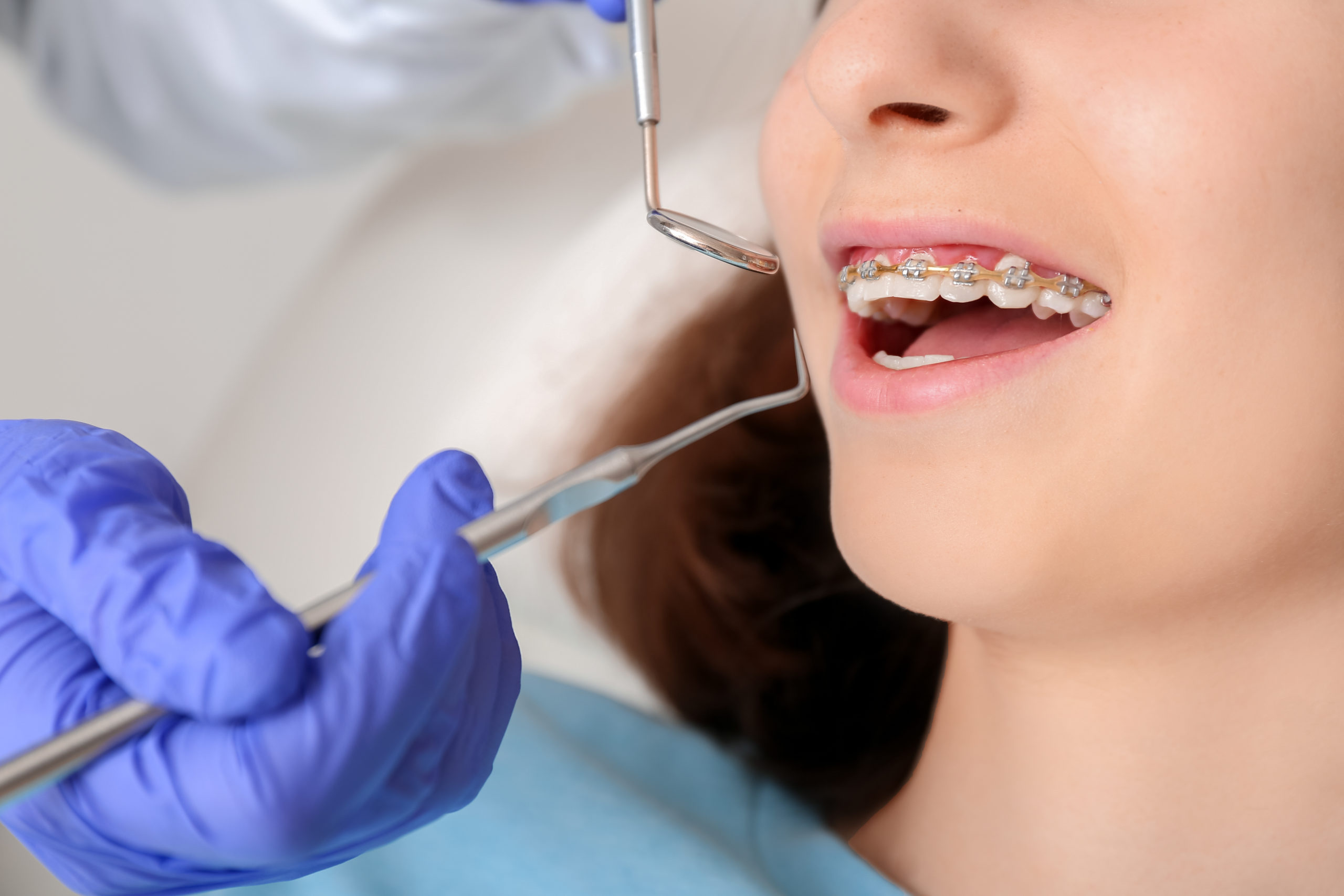What Sets Cumming Braces and Aligners Apart from Various Other Orthodontic Treatments
What Sets Cumming Braces and Aligners Apart from Various Other Orthodontic Treatments
Blog Article
Comprehensive Guide to Orthodontics Procedures for Fixing Dental Misalignments
Understanding the ins and outs of each procedure, including their mechanisms, advantages, and potential disadvantages, is important in making educated decisions regarding one's orthodontic treatment. As we navigate through the comprehensive guide to orthodontic treatments for correcting oral misalignments, the detailed information of each technique will certainly unravel, shedding light on the course toward a practical and harmonious oral positioning.
Orthodontic Procedures Introduction

In addition to clear aligners and traditional braces, orthodontists may likewise suggest other treatments like headgear, palatal expanders, or retainers to attend to specific placement issues (orthodontist). These treatments are customized to every individual's special demands and might entail a mix of treatments to accomplish the desired results. Normal changes and tracking are important components of orthodontic treatment to guarantee development is on track and to make any necessary adjustments in the process. By undertaking orthodontic procedures, individuals can not only attain a straighter smile but also improve their general oral health and wellness and function.
Standard Braces: Exactly How They Work
When taking into consideration orthodontic treatments for oral imbalances, typical dental braces stand out as a time-tested technique for correcting teeth positioning. Conventional dental braces are composed of brackets, wires, and bands that function together to use constant pressure on the teeth, gradually moving them right into the wanted alignment.
As stress is applied to the teeth through the dental braces, the bone bordering the teeth is reshaped to support the brand-new tooth placements. Clients will need regular modifications at the orthodontist's office to guarantee the braces continue to use the appropriate stress for effective teeth motion.
Unnoticeable Aligners: Disadvantages and pros
These clear, custom-made trays are practically invisible when worn, making them an enticing option for people looking for a much more cosmetically pleasing orthodontic treatment. Individuals can eliminate the aligners prior to eating or brushing their teeth, decreasing the risk of food obtaining stuck in the device and simplifying the cleansing process.

Surgical Orthodontic Options
Surgical kids dental care treatments in orthodontics existing feasible choices for attending to complex oral imbalances that might not be properly resolved via traditional orthodontic treatments. While undetectable aligners and conventional braces can remedy several orthodontic problems, particular instances call for surgical treatment to accomplish optimum outcomes. Surgical orthodontic options are normally suggested for serious malocclusions, considerable jaw discrepancies, and cases where the underlying bone structure requires alteration to achieve proper positioning.
One common medical orthodontic procedure is orthognathic surgical procedure, which includes repositioning the jaws to remedy useful issues such as trouble speaking or chewing. This surgery is commonly performed in collaboration with an orthodontist that assists straighten the teeth before and after the treatment. Surgical orthodontics might additionally entail procedures to expose impacted teeth, get rid of excess periodontal tissue, or reshape the jawbone to develop an extra unified face account.
Prior to considering surgical orthodontic alternatives, individuals undergo an extensive examination to identify the necessity and possible benefits of such treatments. cumming invisalign. While surgical procedure may seem overwhelming, it can considerably boost both the function and aesthetics of the smile in situations where standard orthodontic treatments fail
Retainers and Post-Treatment Treatment

Post-treatment treatment involves following the orthodontist's guidelines faithfully. This may consist of appropriate dental health practices, participating in follow-up appointments, and using the retainers as prescribed. Failing to follow post-treatment treatment instructions can cause relapse, where the teeth slowly return in the direction of their original placements. Regular retainer wear, great dental health, and routine dental exams are crucial for preserving the results achieved via orthodontic surgical procedure and making sure the long-lasting security of the fixed dental positioning.
Final Thought
To conclude, orthodontic treatments supply various choices for dealing with dental imbalances. Traditional dental braces utilize metal braces and wires to move teeth right into correct placement. Invisible aligners supply a more very discreet alternative but might not be suitable for all instances. Surgical orthodontic choices are readily available for more severe imbalances. Retainers are generally utilized post-treatment to maintain the brand-new positioning. Overall, orthodontic procedures can properly boost oral health and wellness and aesthetic appearance.
As we browse via the comprehensive guide to orthodontic treatments for correcting oral misalignments, the complex information of each approach will unravel, dropping light on the course towards a functional and unified oral alignment. - aligners
One directory of the most usual orthodontic therapies is the use of braces, which are composed of metal brackets and cables that use gentle pressure to slowly shift teeth into the desired position.When considering orthodontic treatments for dental imbalances, typical dental braces stand out as a tried and true approach for correcting teeth positioning. In addition, invisible aligners might not be appropriate for intricate orthodontic problems that call for more substantial teeth activity, as they are generally advised for light to modest situations. Retainers are customized orthodontic tools created to hold teeth in their corrected settings after the completion of orthodontic therapy.
Report this page